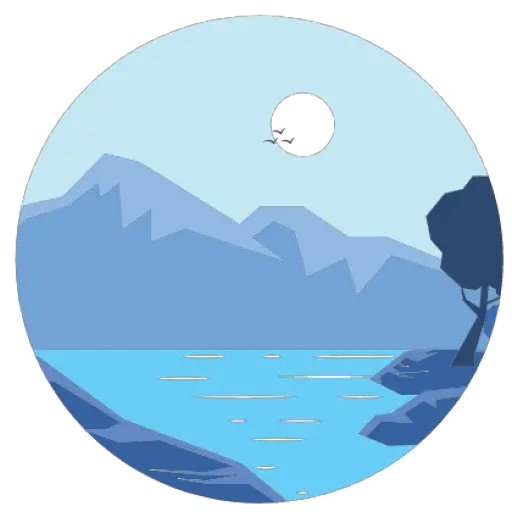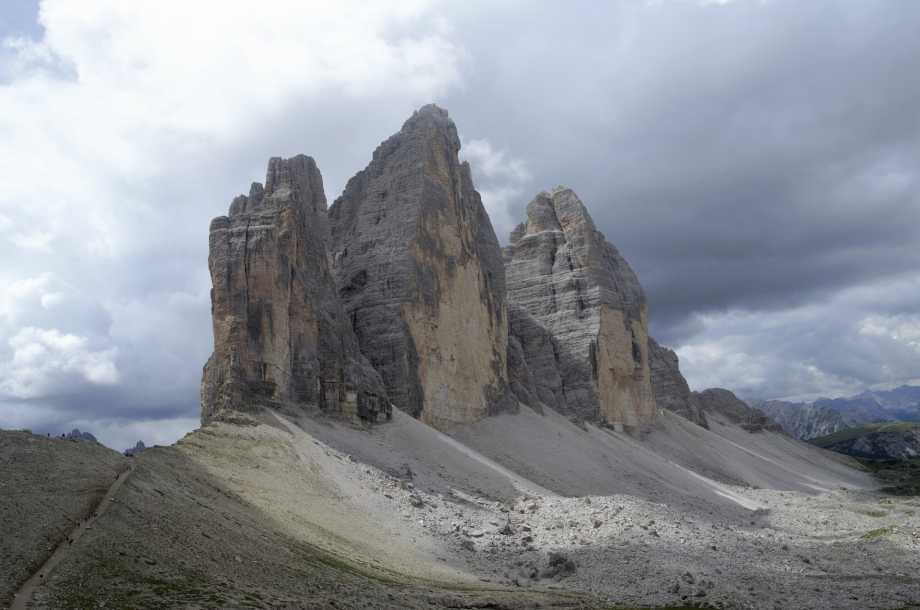Alta Pusteria (Hochpustertal) is an outdoor-lover’s paradise. This beautiful region in the Northern Italian Dolomites, boasts three famous mountain peaks.
Alta Pusteria (Hochpustertal): An Overview
Alta Pusteria, or Hochpustertal, as it is known in German, is located in the eastern section of the Pustertal Valley in Northern Italy. It is situated in the midst of the Dolomites; and has the unusual distinction of belonging to both East and South Tyrol. However, in spite of the split, the landscape and atmosphere of Alta Pusteria remains harmonious and tranquil, with plenty of walking paths to suit all abilities and ages.
The area is renowned for its impressive landscapes, and whilst in Alta Pusteria, visitors can enjoy spectacular floral displays, with alpine flowers decorating the sides of the mountains, and fertile green meadows. Surrounding the area, there are the peaks of the Carnic Alps, the Dolomites and the Villgrater mountains, all of which provide ample opportunities for mountain walking and other outdoor activities. In particular, visitors come from miles around to experience the Tre Cime di Lavaredo (Drei Zinnen in German); three remarkable peaks in North-Eastern Italy that rise upwards like battlements and create an astoundingly dramatic effect within the landscape.
A hiking route of particular note is, of course, the world-renowned tour of the Three Peaks (Tre Cime / Drei Zinnen), which begins and ends at the Auronzo Hut (2,320m/7,612ft) and offers remarkable views of the mountains. Indeed, the area is so synonymous with this landmark that it is often referred to as ‘The Land of the Three Peaks’. The route takes approximately 4 hours and although it requires some stamina, it is relatively accessible for all.
There are five picturesque villages located within Alta Pusteria, of which Dobbiaco (Toblach in German) is the most famous. This village serves as an excellent base for those wishing to visit the Three Peaks (Tre Chime / Drei Zinnen), and visitors will often hear it called the ‘Door to the Dolomites’.
Exploring the Alta Pusteria / Hochpustertal Area on Foot
There are numerous hiking trails in Alta Pusteria. Due to the varied landscape, the routes are highly diverse, ranging from picturesque valley strolls to more challenging mountain treks.
The area is also blessed with a number of beautiful lakes, including the Lago di Braies, or Lake Pragser Wildsee (German name) which is located in the Prags Valley and is unusually deep (36m/118ft), with a startling emerald-green colour. Alternatively, walkers and ramblers can head deep into the forests; and there are many trails which wind a path through the woods and valleys.
Things to Do in Alta Pusteria (Hochpustertal) on a Rainy Day / Rest Day
Alta Pusteria is a real hot-spot for outdoor sports enthusiasts. In addition to the excellent walking, travellers can take to the mountain trails by bike; or make the most of the craggy mountains by going rock climbing or trying a via ferrata. Alta Pusteria is widely recognised as one of the best places in the region for climbing, and there are plenty of locations, such as the Landro Climbing Garden in the Rienza Valley, where there are various routes for all difficulty levels on offer.
The area caters well for families too, and there are plenty of child-friendly activities to enjoy, such as taking part in a boating trip on Lake Dobbiaco (Toblacher See). Alternatively, if the weather is bad, a visit to the Acquafun Adventure Bath at San Candido is a good way to spend the afternoon, and also has a sauna for the adults.
There are plenty of historic and cultural attractions, including Heinfels Castle, which, high up in the hills, is often dubbed the ‘Queen of Pustertal’; and the Church of San Giovanni Battista in Dobbiaco, a beautiful Baroque construction with exceptional frescoes inside, not to mention an impressive red marble altar.
The villages are quintessentially alpine in personality, with pretty terracotta roofs and whitewashed buildings, combined with some more ancient architectural treasures. Dobbiaco (Toblach) is particularly scenic with buildings dating back as far as the 16th century, and historically has been celebrated for its healing airs. Famous guests to the village include the composer Gustav Mahler, who claimed that the village was a ‘real retreat for body and soul’. Whilst in the villages, ensure to book a table in one of the many fine restaurants, where visitors can sample some of the local specialities, including German-inspired Schnitzel and Tyrolean Ravioli.
How to Get to Alta Pustaria / Hochpustertal
The Alta Pustaria area is spread across sections of both East and South Tyrol, and is well served by a number of international airports. The closest airport is Venice Marco Polo, which is approximately 2 hour’s drive away; and other not to far away airports include Innsbruck and Verona.
Coach and taxi transfer services operate in the area, and it is also possible to catch a train to the area; the nearest train station is at Lienz (East Tyrol, Austria).
Alta Pusteria is well served by main roads and highways, and the European route E66 passes right through the valley.

